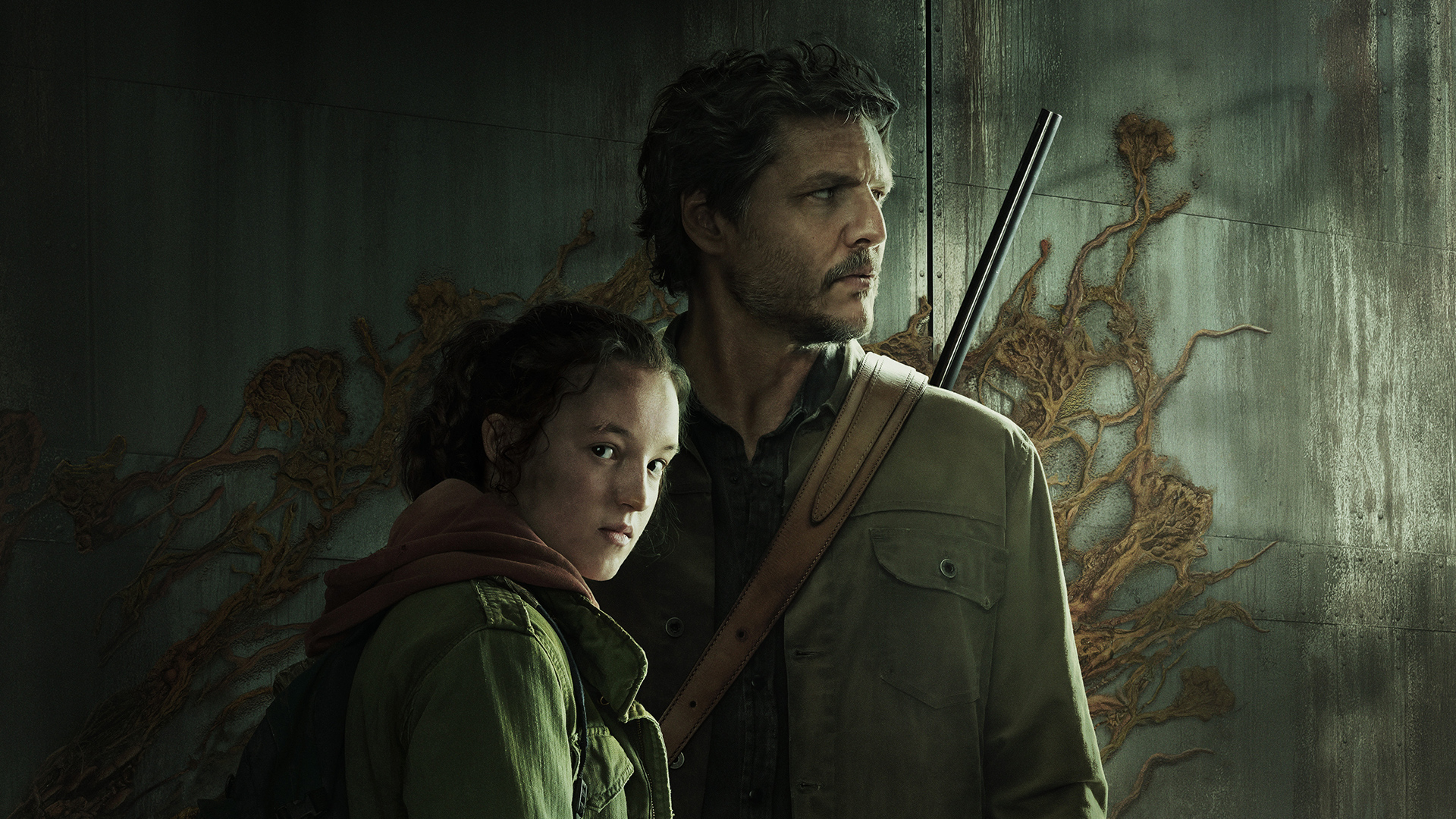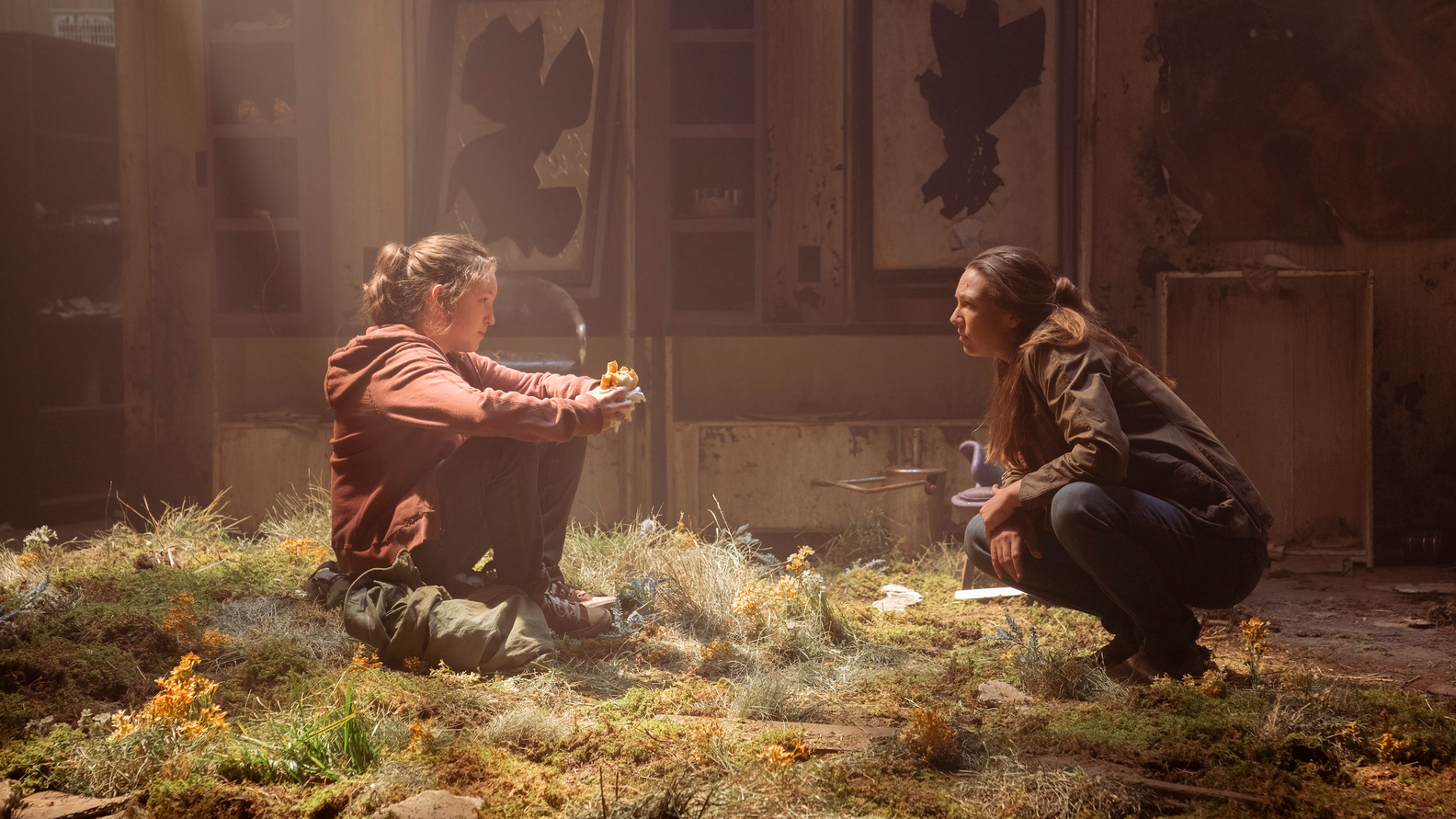
Naughty Dog co-president Neil Druckmann has previously revealed that certain episodes of HBO’s upcoming adaptation of The Last of Us will “deviate greatly” from their source material. But, curiously, the timeline of Joel and Ellie’s on-screen adventure is in for a shake-up, too.
In the game’s chronology, the Cordyceps pandemic erupts in 2013, with the main events of The Last of Us taking place twenty years later (i.e. 2033). But in the HBO series, proceedings kick off in 2003, with the bulk of the show’s story set in 2023 (as first revealed by The Last of Us’ promotional material).
Why the change? According to Druckmann, the decision to set The Last of Us in 2023 was made to “help make [the story] more real”, with co-showrunner Craig Mazin feeling that TV shows can benefit from taking place in familiar timelines.
Speaking to TechRadar as part of a roundtable interview ahead of the series’ HBO Max debut on January 15, Mazin explained: “[The decision to shift the timeline] was something I talked about with Neil very early on. It's a subtle difference. But I have this thing about jumping into the future. I feel like, if I'm watching a show and the year is 2023, and the show takes place in 2043, it’s just a little less real. Even if I'm watching a show in 2023 and it takes place in 2016, it’s a little less real. So I thought it might be interesting to just say, ‘Hey, look, in this parallel universe, this is happening right now. This is happening this year.’”

Mazin also clarified that the move to bring the show’s timeline forward had little impact on the nature-beaten aesthetic of The Last of Us’ post-apocalyptic environments. “Practically speaking, [the decision] didn't change much other than giving us a slightly different palette of prompts and set design and car choices,” the Chernobyl creator explained. “But interestingly, as we then go on through the series and keep finding new places and new relics of the old world, we keep coming back to that 2003 vibe. So it was really just about helping people connect a little bit more and nothing more than that.”
Druckmann, for his part, was happy with Mazin’s preference to set The Last of Us in the present-day, piggybacking on his partner's response to say that “if it helps make [the show] more real, then it's a worthwhile change.”
“It's one of those things that there wasn't a clear answer for,” Druckmann added. “We’d already moved so far away from 2013, so I felt like [the show] needed some kind of change, and I could tell how strongly Craig felt about making the bulk of the show present-day. It was one of those changes that didn't feel like we were fundamentally changing what [The Last of Us] is about, so I bought into it.”
Sign up for breaking news, reviews, opinion, top tech deals, and more.
So there you have it, folks. We’ll be sharing more insights from Druckmann, Mazin and series stars Pedro Pascal and Bella Ramsey in the coming days, ahead of The Last of Us’ January 15 release on HBO Max in the US. UK viewers will be able to catch the show on Sky Atlantic and Now at the same time from January 16. Here’s hoping it warrants a spot on our list of the best HBO Max shows around.

Axel is TechRadar's Phones Editor, reporting on everything from the latest Apple developments to newest AI breakthroughs as part of the site's Mobile Computing vertical. Having previously written for publications including Esquire and FourFourTwo, Axel is well-versed in the applications of technology beyond the desktop, and his coverage extends from general reporting and analysis to in-depth interviews and opinion.
Axel studied for a degree in English Literature at the University of Warwick before joining TechRadar in 2020, where he earned an NCTJ qualification as part of the company’s inaugural digital training scheme.